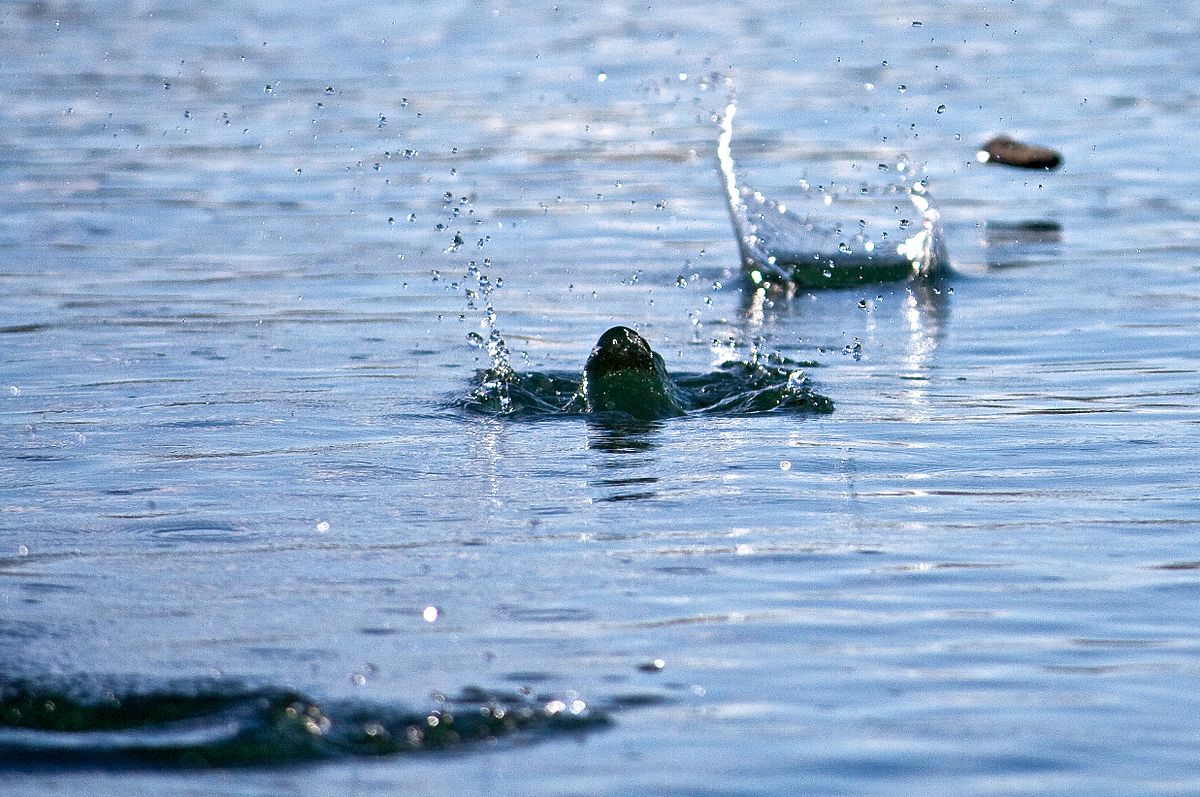The reason why volume plays a huge role, at least on a hydrofoil in marginal winds, is the fact that we DONT move forward to start with, we stand on the board and go nowhere at first, board is sinking - and even if we moved ever so slightly, it would not be planing on the surface as this requires a lot more power than present.
The thing is, to transition from this submerged position, to foiling, we need to have the absolute maximum available power from the kite, "fed" into the foil wing, also timed exactly at the very split second it is present.
Thus, if you have a board without volume, EVEN if big area, you will have to use your small amount of available peak power, to drag it up to the surface, as your FULL bodyweight has to be lifted.
In fact, even when on the surface, a really big area might have more drag than a smaller one (with more volume) in terms of letting go from the water surface and maybe also chop.
It could and would most likely be more difficult to pump the wing if a huge area sucking to the surface, instead of a big area more volume.
Having volume, and also some area indeed - it is possible to make this transition very fast, thus not requiring extra kitepower, so instead of losing your small amount of powerspike available to "get you up" and "get you free" - it can be directed into the wing so you can foil in the most marginal winds possible.
In these winds say sub 6 knots, even our special light kites can not really hang in the air nomore - not possible to park, so you will have a lot of time and many times, where the kite gives you absolute zero power, when trying to get up foiling.
Then even the biggest area non volume board will sink, and you are back to start, not a chance getting up and foiling

Another advantage is, that in lulls you can stand centered on your higher volume board, not moving but not sinking (fast at least), so you get another chance to try to go in the next slight puff or chopwave - instead of wasting the puff to do a waterstart (which is WASTE of energi only)
Once up and blasting along foiling, kite can be parked and good power now

There is a very good reason why marginal wind foilboards have a lot of volume, and still need to be light

For other boards, say windsurf boards, I think some of the same parameters is present, thus here more area but definitely also high volume superlight boards can be pumped onto planing the easiest.
It is all about the transition into foiling or planing, to have an easy board to handle musclewise into the flying state, and not wasting energy


Peter

